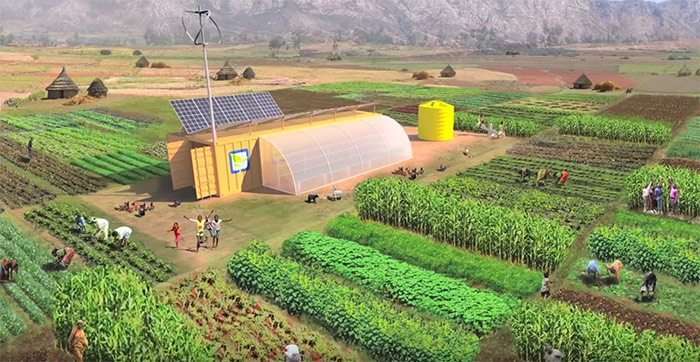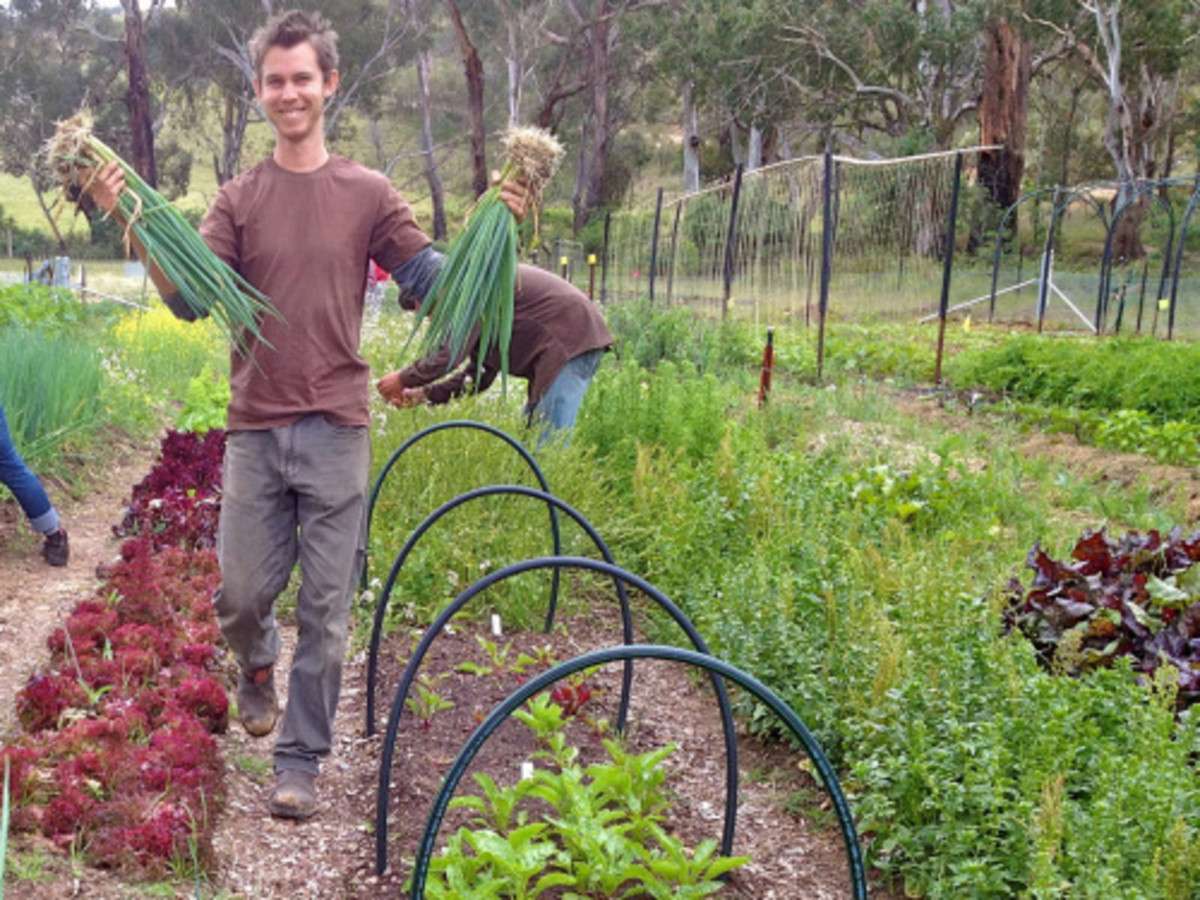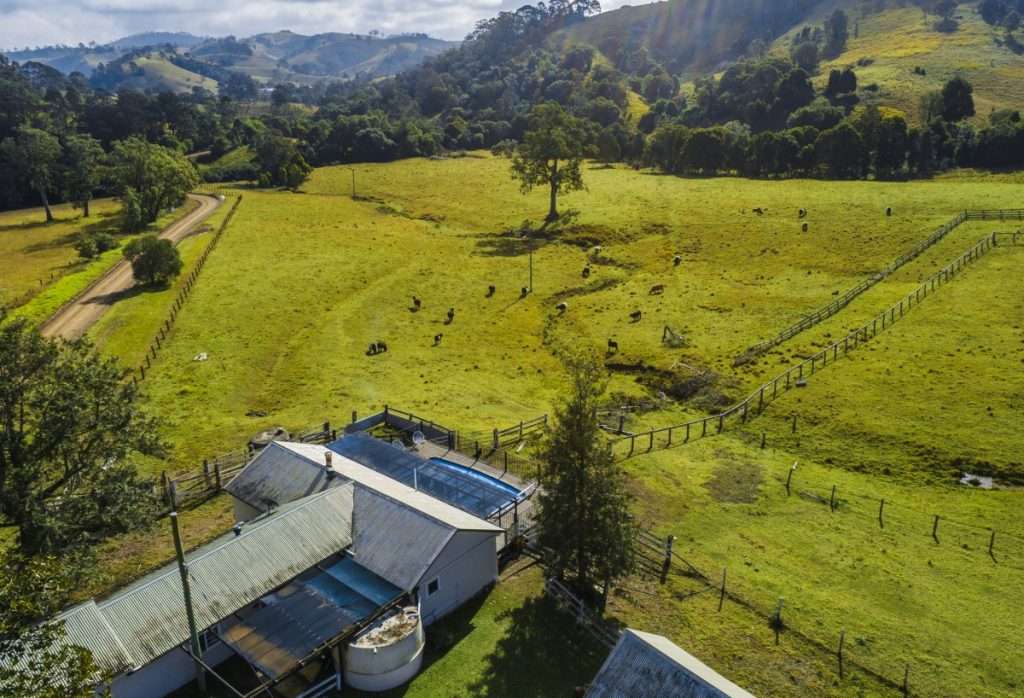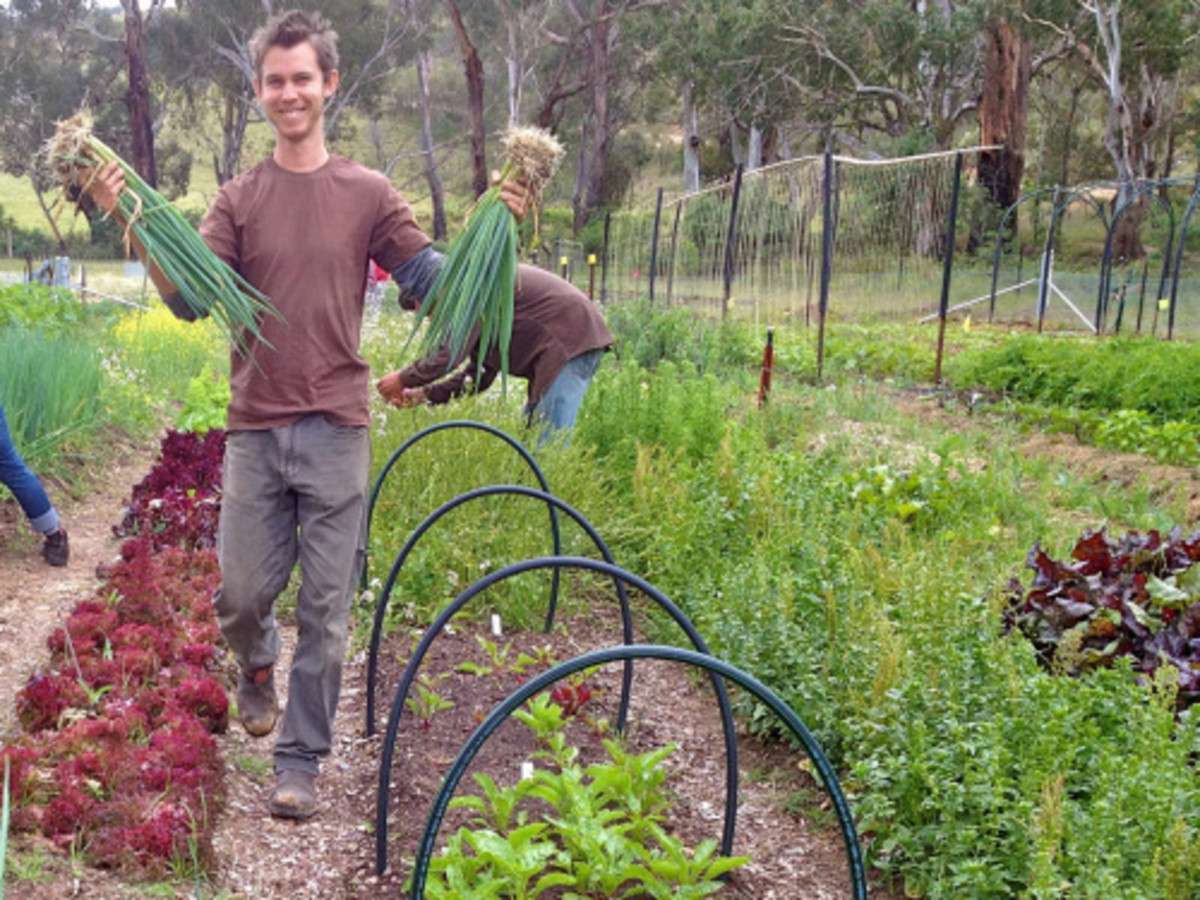In this article, we will discuss how you can achieve self-sufficient food sources in off-grid living. We’ll explore the concept of off-grid living and what it entails, as well as what exactly self-sufficient food sources are. By the end, you’ll have a clearer understanding of how to sustain yourself with food in a self-sufficient manner while living off the grid. So, let’s get started!
How to Achieve Self-Sufficient Food Sources in Off Grid Living

Off Grid Living
Off grid living refers to a lifestyle in which individuals or households rely on their own sources of energy and resources, rather than being connected to public utilities. This means generating your own electricity, collecting rainwater, and growing your own food. Off grid living can provide numerous benefits, such as reduced dependence on conventional sources, increased self-sufficiency, and a smaller ecological footprint. However, it also comes with its own set of challenges.
Benefits of Off Grid Living
Living off the grid offers a range of advantages that contribute to a more sustainable and independent lifestyle. Firstly, it allows you to break free from the reliance on public utilities, such as electricity and water supply. Instead, you can generate your own energy using renewable sources like solar panels, wind turbines, or micro-hydro systems. By taking control of your energy production, you can significantly reduce or even eliminate your monthly utility bills, saving you money in the long run.
Furthermore, off grid living promotes self-sufficiency. By growing your own food, harnessing clean water sources, and managing waste on-site, you become less dependent on industrialized systems. This independence provides a sense of security, knowing that you have the skills and resources to sustain yourself in case of disruptions or environmental emergencies. Additionally, off grid living encourages a simpler and more connected way of life, allowing you to focus on shared experiences with loved ones and the natural world.
Challenges of Off Grid Living
While off grid living offers numerous benefits, it also comes with its share of challenges. One of the main hurdles is the initial cost of setting up an off grid system. Investing in solar panels, wind turbines, batteries, and other renewable technologies can be expensive. However, it is important to consider these costs as long-term investments that will eventually pay for themselves through reduced utility bills.
Another challenge is the need for efficient resource management. Off grid living requires careful planning and consideration to ensure that you have enough energy, water, and food to sustain yourself. This involves monitoring and conserving resources, implementing energy-saving practices, and often adapting to a more frugal lifestyle. Additionally, living off the grid may require adjusting to a different pace of life, as certain conveniences like instant hot water or readily available electricity may not be readily accessible.
Important Considerations for Off Grid Living
Before embarking on an off grid lifestyle, there are several important considerations to keep in mind. Firstly, it is crucial to assess the land or property you intend to live on. Ensure that it is suitable for the installation of renewable energy systems, such as having sufficient sunlight for solar panels or access to wind for turbines. Additionally, consider the availability of water sources and the fertility of the soil for growing food.
Secondly, it is essential to educate yourself on sustainable living practices. Research and learn about permaculture, agroforestry, and other methods that promote self-sufficient food production. Joining local community groups or attending workshops can provide valuable knowledge and support from experienced off grid enthusiasts.
Finally, be realistic about your expectations and capabilities. Off grid living requires dedication, hard work, and a willingness to adapt to a more sustainable lifestyle. Start by making small changes and gradually increasing your self-reliance over time.

What are Self-Sufficient Food Sources?
Definition of Self-Sufficient Food Sources
Self-sufficient food sources refer to the ability of individuals or communities to produce a significant portion of their own food supply independently. This involves growing fruits, vegetables, herbs, and raising livestock or poultry for meat, eggs, or dairy products. By achieving self-sufficiency in food production, individuals reduce their reliance on external food sources and can maintain a stable and sustainable food system.
Advantages of Self-Sufficient Food Sources
Embracing self-sufficient food sources in an off grid living setup provides numerous advantages. Firstly, it allows individuals to have complete control over the quality and safety of their food. By growing your own crops organically, without the use of harmful chemicals, you can ensure that the food you consume is free from pesticides, hormones, and other synthetic substances. Additionally, self-sufficient food sources reduce the carbon footprint associated with transporting and packaging food from distant locations.
Furthermore, self-sufficiency in food production promotes food security and resilience. By developing a diversified and sustainable food system, individuals are less vulnerable to disruptions in the global food supply chain, such as natural disasters or economic crises. This increased resilience ensures a constant and reliable food source, even in times of uncertainty.
Types of Self-Sufficient Food Sources
There are several methods and techniques that can be employed to achieve self-sufficient food sources in an off grid living scenario. One popular approach is traditional gardening, where individuals cultivate a variety of vegetables, fruits, and herbs in raised beds or small plots of land. This method allows individuals to tailor their crops to their specific dietary preferences and nutritional needs.
Another method is permaculture, which focuses on creating self-sustaining and ecologically harmonious food systems. Permaculture designs incorporate elements such as companion planting, crop rotation, and the use of natural fertilizers to maximize yields while minimizing inputs. This approach mimics natural ecosystems and promotes biodiversity, leading to resilient and productive food gardens.
For those with limited space, container gardening or vertical gardening can be viable options. Container gardening involves growing plants in pots or containers, making it suitable for balconies or small outdoor areas. Vertical gardening utilizes vertical wall space or trellises to grow crops upwards, optimizing space utilization and maximizing yields.
Livestock and poultry farming can also play a crucial role in achieving self-sufficient food sources. Raising chickens for eggs, goats for milk, or rabbits for meat can provide valuable protein sources. Additionally, manure from livestock can be used to fertilize gardens, completing the nutrient cycle.
In conclusion, achieving self-sufficient food sources in an off grid living situation requires careful planning, resource management, and a willingness to embrace sustainable practices. By growing your own food, you can enhance your self-sufficiency, reduce your ecological impact, and enjoy the numerous benefits of a more resilient and independent lifestyle. Remember, start small, educate yourself on sustainable practices, and enjoy the rewarding journey towards self-sufficient food sources.





